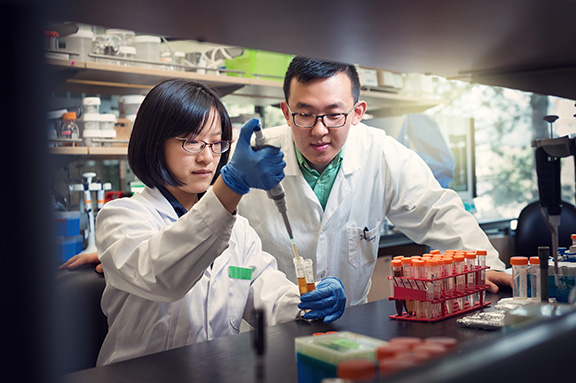 Food scientists at the University of British Columbia (UBC) have developed a faster and cheaper way to quantify antioxidant levels in chocolate. They plan to use the technique in new research that will help uncover when antioxidant levels rise and fall during the manufacturing process, from raw cocoa beans to chocolate bars. If UBC food scientists can identify where in that process antioxidant levels are lowered, that information would be valuable to companies who want to make chocolate products with high levels of antioxidants that will be more appealing to health-conscious consumers.
Food scientists at the University of British Columbia (UBC) have developed a faster and cheaper way to quantify antioxidant levels in chocolate. They plan to use the technique in new research that will help uncover when antioxidant levels rise and fall during the manufacturing process, from raw cocoa beans to chocolate bars. If UBC food scientists can identify where in that process antioxidant levels are lowered, that information would be valuable to companies who want to make chocolate products with high levels of antioxidants that will be more appealing to health-conscious consumers.
The UBC method uses infrared spectroscopy, a technology that can be used to illuminate infrared light on chocolate samples. The infrared spectra record the chemical composition of each sample, including the amount of polyphenols, micronutrients with high antioxidant properties. The traditional method relies on biochemical tests to read absorbance values and can be quite time-consuming and expensive.
“Our method predicts the antioxidant levels in chocolate in under a minute, compared to the industry standard that can take several hours or even days,” says Xiaonan Lu, an assistant professor in food, nutrition and health in the faculty of land and food systems, who developed the method alongside PhD student Yaxi Hu. “It’s not a substitute for the traditional method used at the moment, but it does show a strong correlation for being just as reliable.”
 Canadian Food Business
Canadian Food Business


